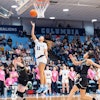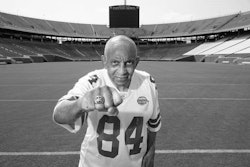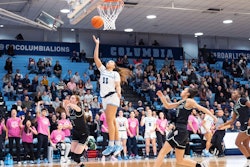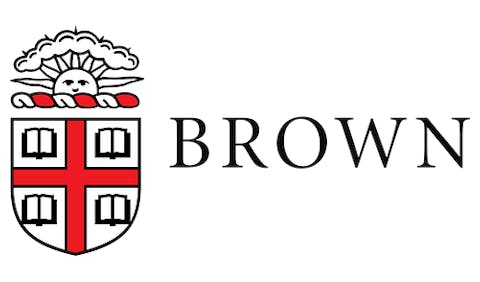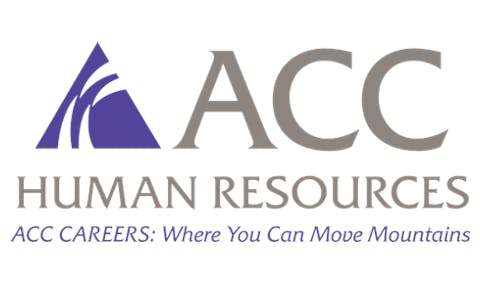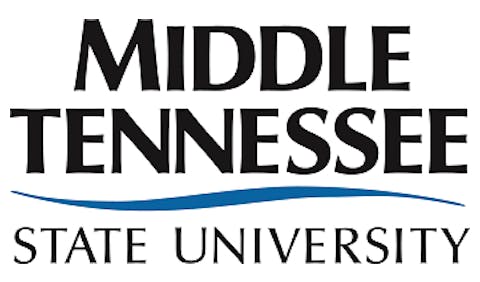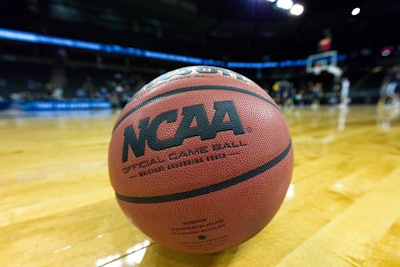
Craig Trainor, acting assistant secretary for civil rights, criticized the Biden administration's guidance as "overly burdensome" and "profoundly unfair," arguing it exceeded the scope of what agency guidance should do. The decision comes at a time when universities nationwide are struggling to balance competitive athletics programs with federal equity requirements.
The now-rescinded Biden-era guidance, issued in a nine-page document during the final days of his presidency, suggested that schools could violate federal anti-discrimination laws if they failed to provide "equivalent" NIL opportunities to women athletes. While the document stated it was not legally binding, it significantly influenced college athletics leaders who were already grappling with how to handle Title IX compliance amid pending antitrust lawsuits over player compensation.
Under Biden's framework, institutions would have been responsible for ensuring equal athletic opportunities in their programs, including NIL deals. The guidance specifically stated that when schools provided financial assistance through publicity rights payments, such benefits needed to be "proportionately available" to both male and female athletes. This interpretation aimed to prevent disparities in compensation opportunities between men's and women's sports programs.
However, Trainor, who was recently nominated by Trump to serve as assistant secretary of housing and urban development, rejected this interpretation. He argued that Title IX, enacted over 50 years ago, does not address how revenue-generating athletics programs should allocate compensation among student athletes.
"The claim that Title IX forces schools and colleges to distribute student-athlete revenues proportionately based on gender equity considerations is sweeping and would require clear legal authority to support it. That does not exist," Trainor said.
The policy reversal comes amid ongoing legal challenges to traditional collegiate sports compensation models. Three pending antitrust lawsuits specifically target restrictions on pay and benefits that players can receive for their work and publicity rights. These cases have put additional pressure on institutions to clearly define their approaches to student-athlete compensation while maintaining compliance with federal regulations.



